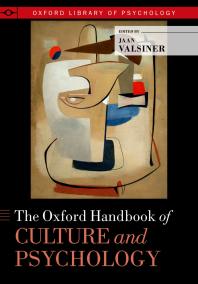- Faculty
- Request Instruction
- Request Research Assistance
- Faculty Resources
- Chronicle of Higher Education
- Request Course Reserves
- Streaming Films for Courses
Service Alert
Hours Today
Holt Library
8am - 12pm
Library Hours
- Saturday, May 10
- Closed
- Sunday, May 11
- Closed
- Monday, May 12
- 8am - 5pm
- Tuesday, May 13
- 8am - 5pm
- Wednesday, May 14
- 8am - 5pm
- Thursday, May 15
- 8am - 7pm Extended hours for tech return
- Friday, May 16
- 8am - 12pm
















